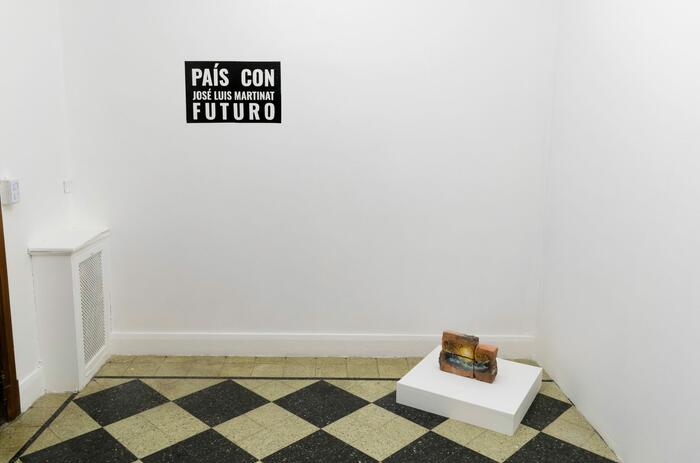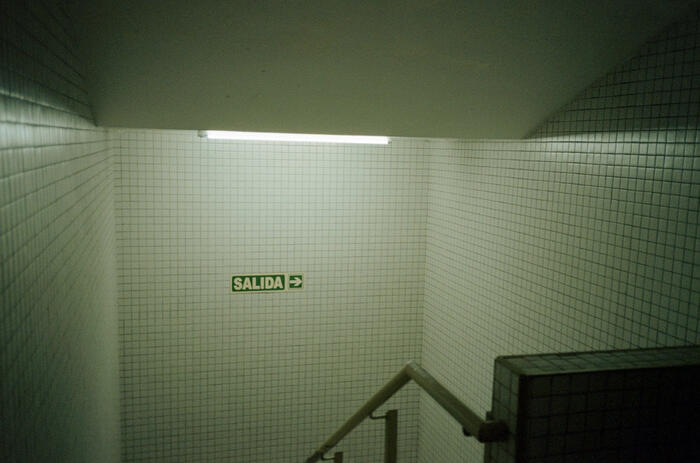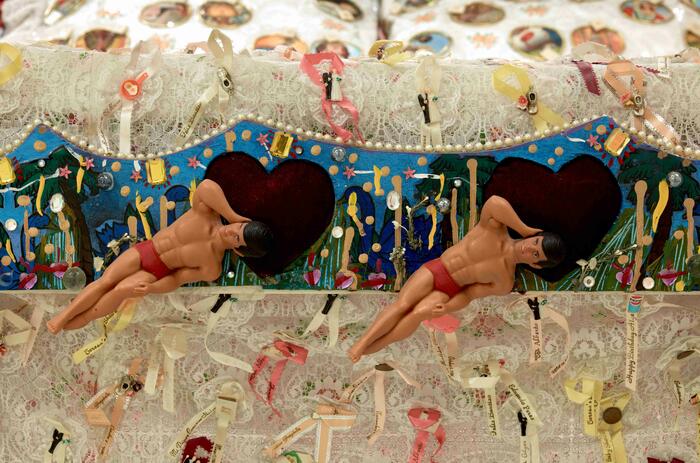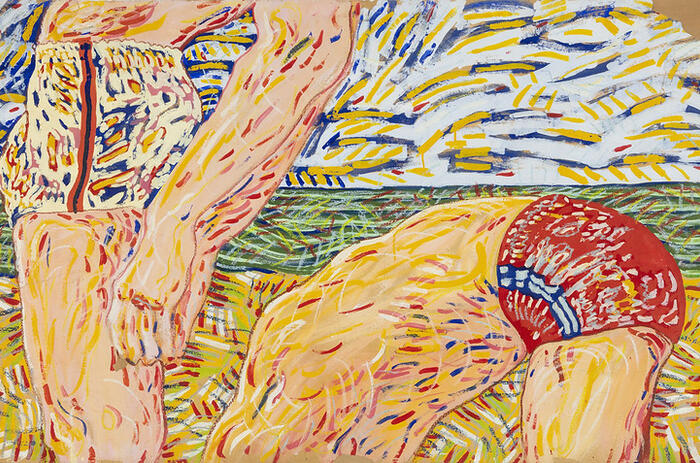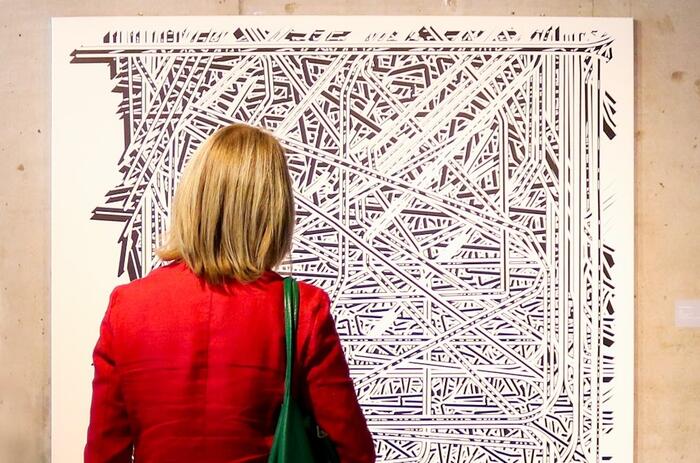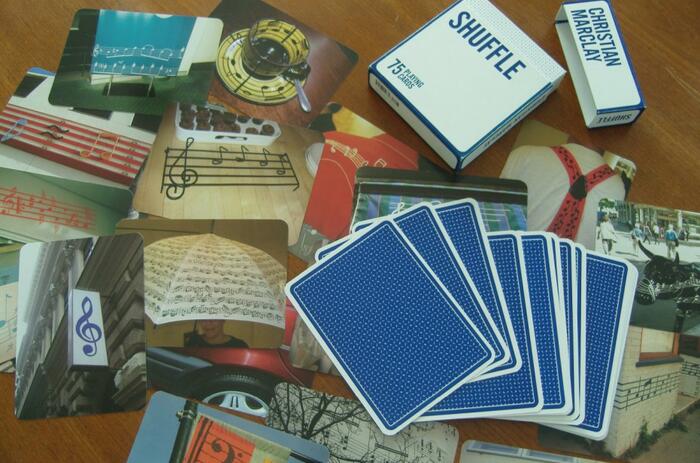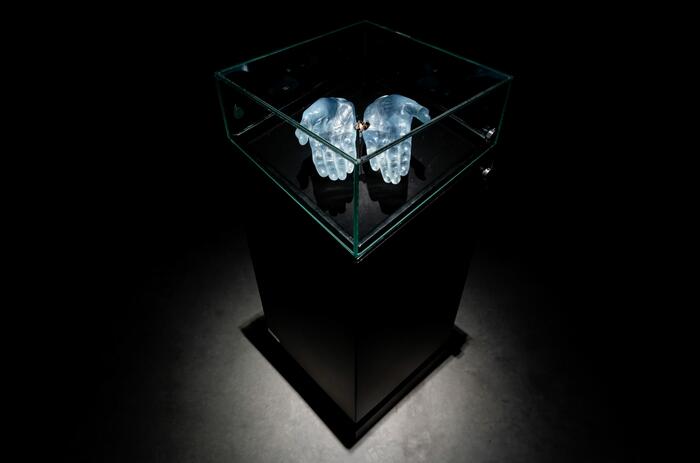CARLOS TRILNICK’S LEGACY AT PROA
Paisajes políticos (Political Landscapes) is an exhibition on the work of Carlos Trilnick. Curated by Marcela Römer, PROA presents a small group of photographs and video installations made between 1989 and 2019 that introduce the universe of this artist, curator, disseminator and teacher considered a pioneer of video art in Argentina and Latin America.
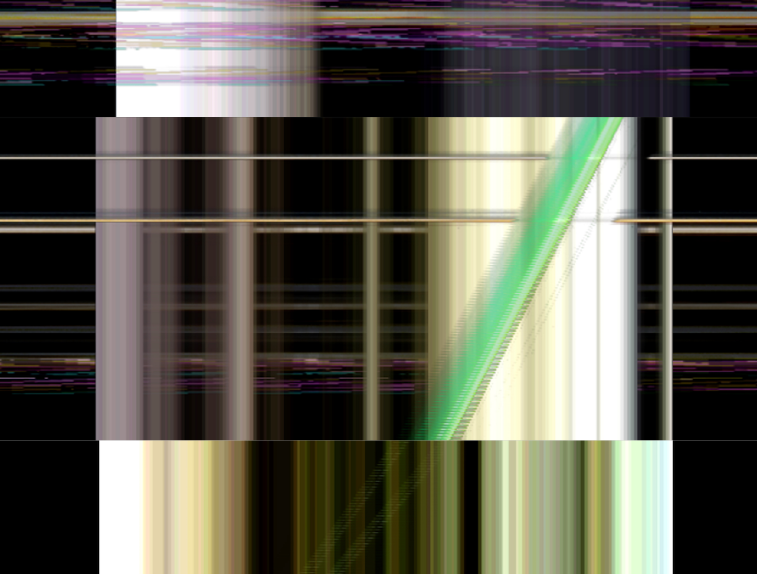
Carlos Trilnick (Rosario, 1957) passed away at a young age in 2020, leaving behind an extensive corpus of projects that mark a turning point in the local history of multimedia art and testify his commitment to history, education, human rights and memory. His interest in technology as a creative resource led him to experiment with different platforms –photography, installations and videos– to produce pieces of a singular poetics traversed by issues such as time, space and ideologies.
As prolific as that artistic legacy was his performance in the field of public education. He was director of the Image and Sound Design career at the Faculty of Architecture, Design and Urbanism of the University of Buenos Aires between 2014 and 2018; and professor of Expressive Media I and II of the Graphic Design career at the same institution, among other positions. He also stood out as a visiting professor in the Department of Communication at the University of California. He was artistic director of the Festival de Video y Artes Electrónicas de Buenos Aires held at the Centro Cultural Recoleta and the Centro Cultural San Martín between 1995 and 1996, in addition to participating in the management of many other cultural activities.
-
Viajando por América, 1989. Videoinstalación. Video 4 min., loop. Video de Carlos Trilnick. Música de Carlos Trilnick y Alfred Olivieri
-
Zona Cero, 2019. Video 360° color 5K, para visualizar en cascos de realidad virtual 4 min. Archivo Carlos Trilnick. Video de Carlos Trilnick. Logística Juan I. Acevedo, Eduardo Imasaka, Mariano Ramis. Producción Luciana Malavolta. Edición Javier De Az
-
Minas antipersonales, 2009. Medidas variables. Archivo Carlos Trilnick. Diseño de instalación interactiva Diego Alberti
-
Libertad, Igualdad, Fraternidad, 2005. Serie de 3 fotografías color digital. 30 x 71 cm. Archivo Carlos Trilnick
-
Tierra del Fuego, 2006. Tríptico y serie de tres fotografías a color. Tríptico de 100 x 90, dos fotos de 70 x 50 cm y una foto de 50 x 70 cm. Archivo Carlos Trilnick
Among his most valued academic contributions, and still in force, is the IDIS Project (Investigations in Image and Sound Design), which he created and directed with the aim of building a historiographic tour of image and sound design.
The pieces exhibited at Proa date from different periods, but they trace a panorama of the concerns that mobilized his vast production during more than 40 years of career, in which the support was never more important than the concept, or what the artist had to say, recalls curator Römer.

